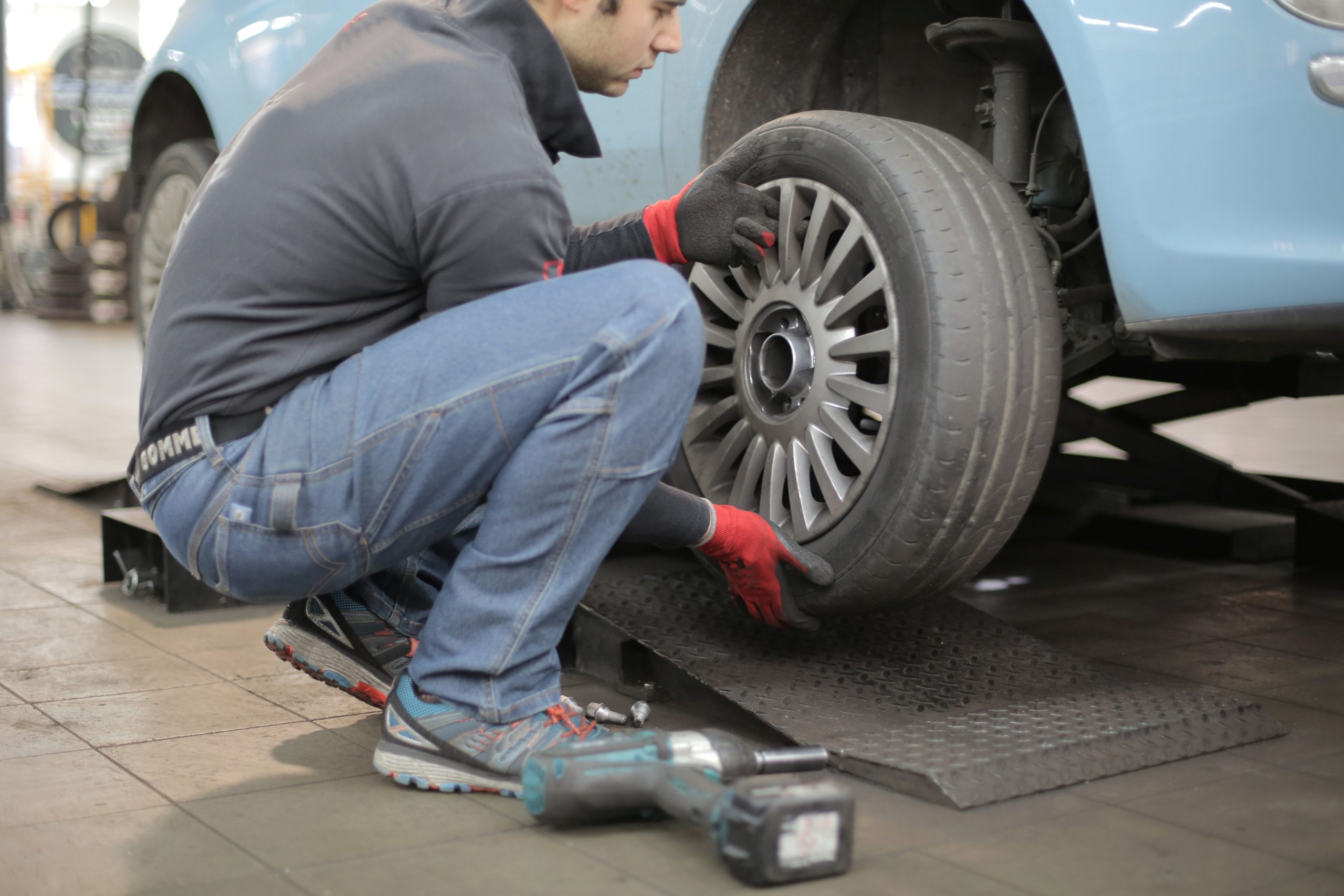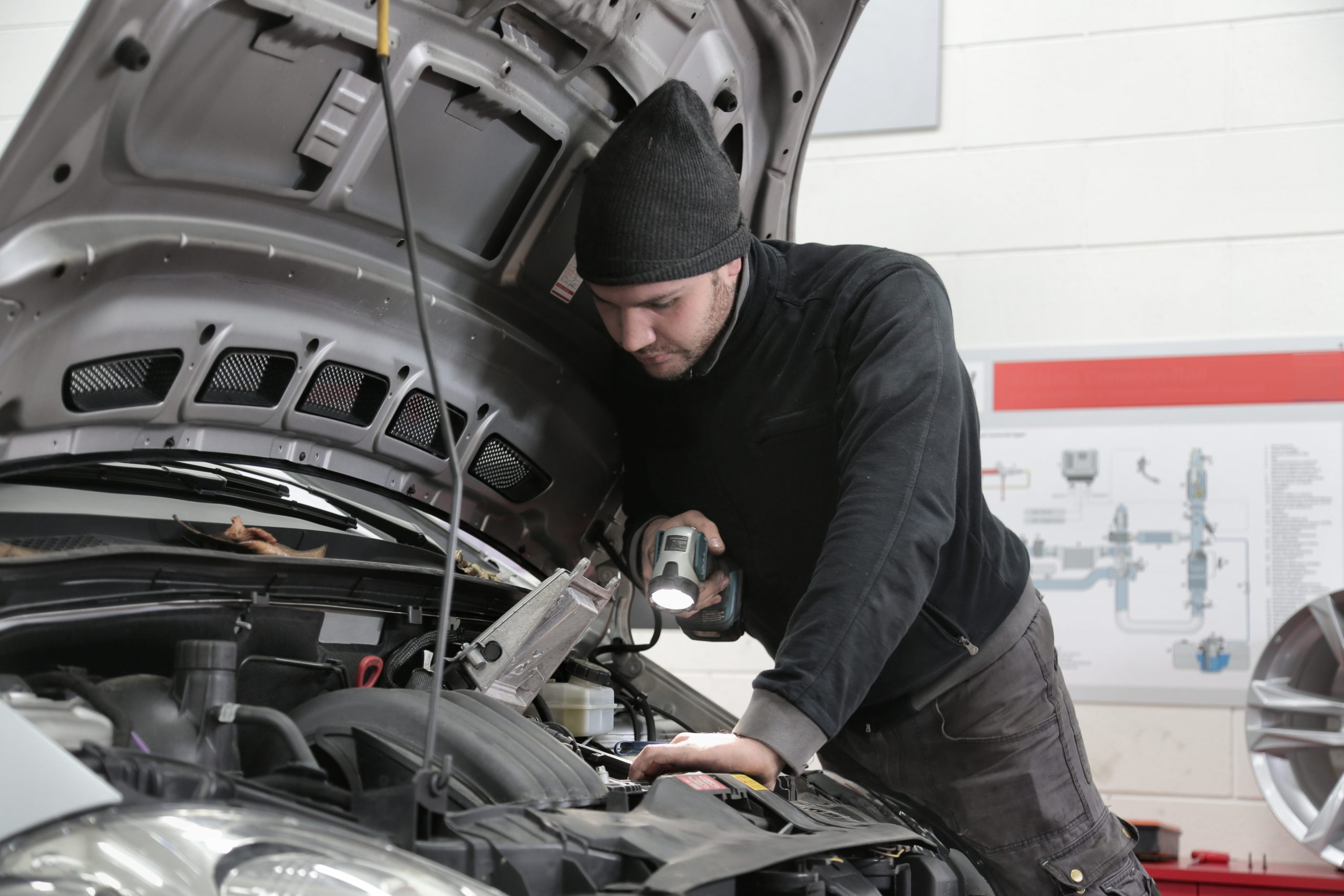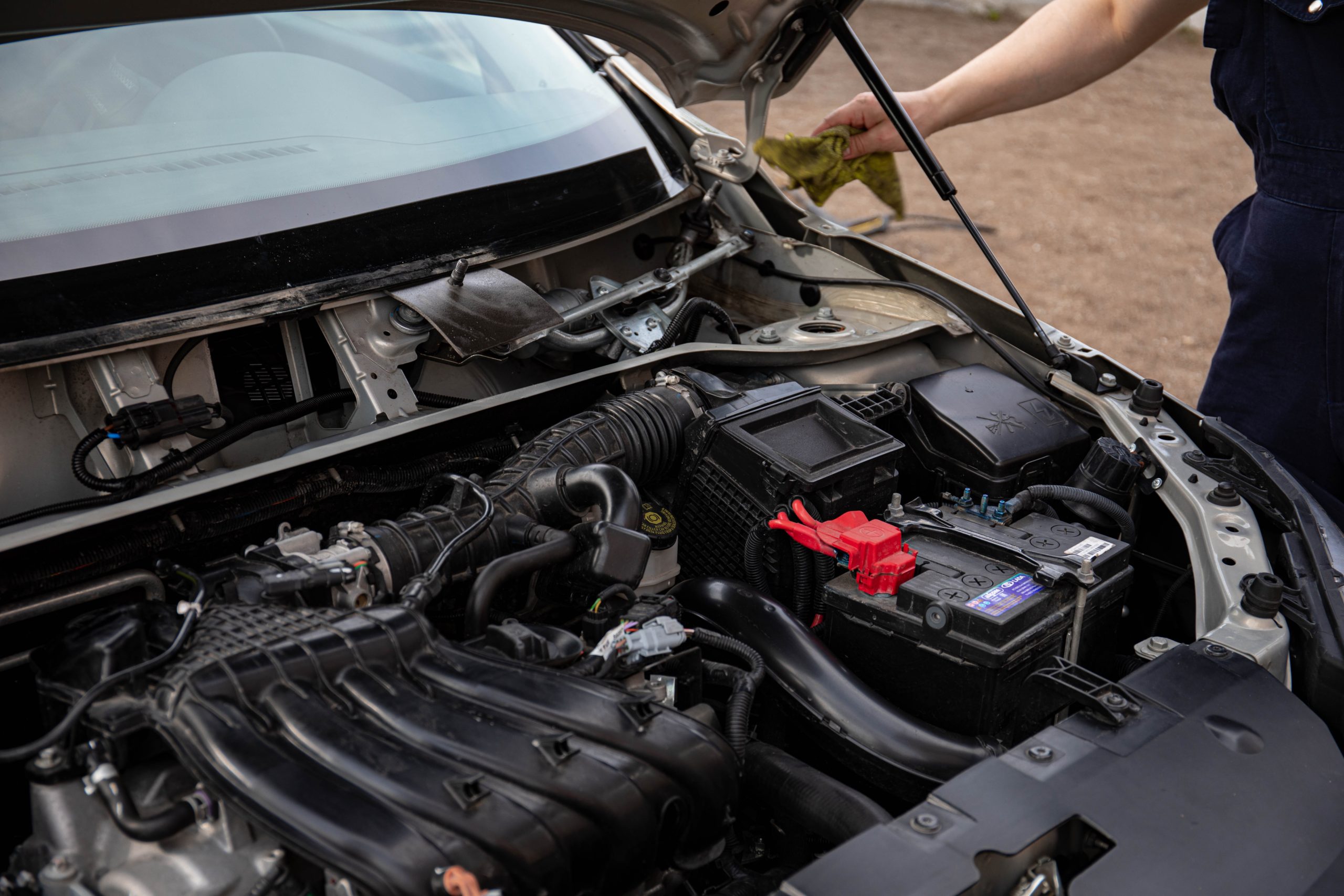An oil leak in your car can be a cause for concern, as it not only leads to a messy engine bay but can also damage critical components and pose a safety risk. Taking immediate action to stop the oil leak is essential to maintain the performance and longevity of your vehicle. In this guide, we will discuss step-by-step instructions on how to stop an oil leak in your car.
Identify the Source of the Oil Leak
The first step in stopping an oil leak is to identify its source. Start by parking your car on a level surface and allowing the engine to cool down. Put on protective gloves and use a flashlight to inspect the engine bay. Look for signs of oil dripping or pooling. Common areas to check include the oil pan, valve cover gasket, oil filter, and oil drain plug. Pay attention to any visible cracks, loose fittings, or damaged seals.
tighten or Replace the Oil Drain Plug
If the oil leak is originating from the oil drain plug, it may simply need tightening. Locate the oil drain plug underneath the engine, usually found on the oil pan. Use a wrench to carefully tighten it in a clockwise direction. Ensure not to over tighten, as it may strip the threads. If tightening doesn’t resolve the leak, the drain plug may be damaged or have a worn-out gasket. In this case, replace the drain plug or the gasket, following the manufacturer’s recommendations.
Replace the Oil Filter
A faulty or improperly installed oil filter can also cause oil leaks. Find the oil filter, typically mounted near the engine block, and use an oil filter wrench to remove it in a counterclockwise direction. Drain the excess oil from the filter and inspect it for any visible damage or a faulty seal. Replace the oil filter with a new one, ensuring the rubber gasket is properly lubricated with clean oil. Tighten the new filter by hand until it is snug, avoiding over-tightening.
Replace the Valve Cover Gasket
Oil leaks often occur due to a deteriorated or damaged valve cover gasket. Start by disconnecting any electrical connectors or hoses attached to the valve cover. Loosen and remove the bolts holding the valve cover in place, taking care not to damage the cover or surrounding components. Once removed, clean the valve cover and the mating surface on the engine. Inspect the old gasket for signs of wear, cracks, or brittleness. Install a new gasket, ensuring proper alignment and orientation. Replace the valve cover and tighten the bolts gradually in a crisscross pattern, following the manufacturer’s torque specifications.
Address Other Possible Leak Sources
If the oil leak persists after addressing the common sources mentioned above, it is crucial to inspect other potential areas. Check the oil pressure switch, oil cooler lines, oil pan gasket, or any other components that may be susceptible to leaks. Replace any faulty parts or damaged gaskets, ensuring proper installation and torque specifications. Additionally, inspect the PCV (Positive Crankcase Ventilation) system for clogs or malfunctioning components, as it can contribute to oil leaks.
Conclusion
Stopping an oil leak in your car requires identifying the source and taking appropriate actions. By following the step-by-step instructions provided in this guide, you can effectively address common oil leak sources such as the oil drain plug, oil filter, valve cover gasket, and more. Regularly monitoring and maintaining your vehicle’s oil system will help prevent future leaks and ensure smooth and reliable operation.
FAQ’s
How can I tell if my car has an oil leak?
Look for signs of oil dripping or pooling underneath your car when it’s parked. You may also notice a burning oil smell or excessive smoke coming from the engine. Additionally, check your oil levels regularly and if you find that you are consistently low on oil between oil changes, it could indicate a leak.
Can I use a stop-leak additive to fix an oil leak?
While there are products available on the market that claim to stop oil leaks, it is generally recommended to address the root cause of the leak rather than relying on a temporary fix. These additives may offer a temporary solution, but they don’t address the underlying issue and can potentially clog your engine’s oil passages.
How urgent is it to fix an oil leak in my car?
It is essential to address an oil leak promptly. Ignoring an oil leak can lead to significant engine damage and potentially result in a breakdown. Oil acts as a lubricant for various engine components, and running low on oil can cause excessive friction and overheating, leading to costly repairs.
Should I attempt to fix an oil leak myself or take it to a professional?
The complexity of fixing an oil leak depends on the source and severity of the issue. Simple tasks such as tightening the oil drain plug or replacing the oil filter can often be done by car owners with basic mechanical skills. However, more complex repairs like replacing gaskets or dealing with internal engine components may require professional expertise. If you’re unsure or uncomfortable with the repair process, it’s best to consult a qualified mechanic to ensure the problem is resolved correctly.




